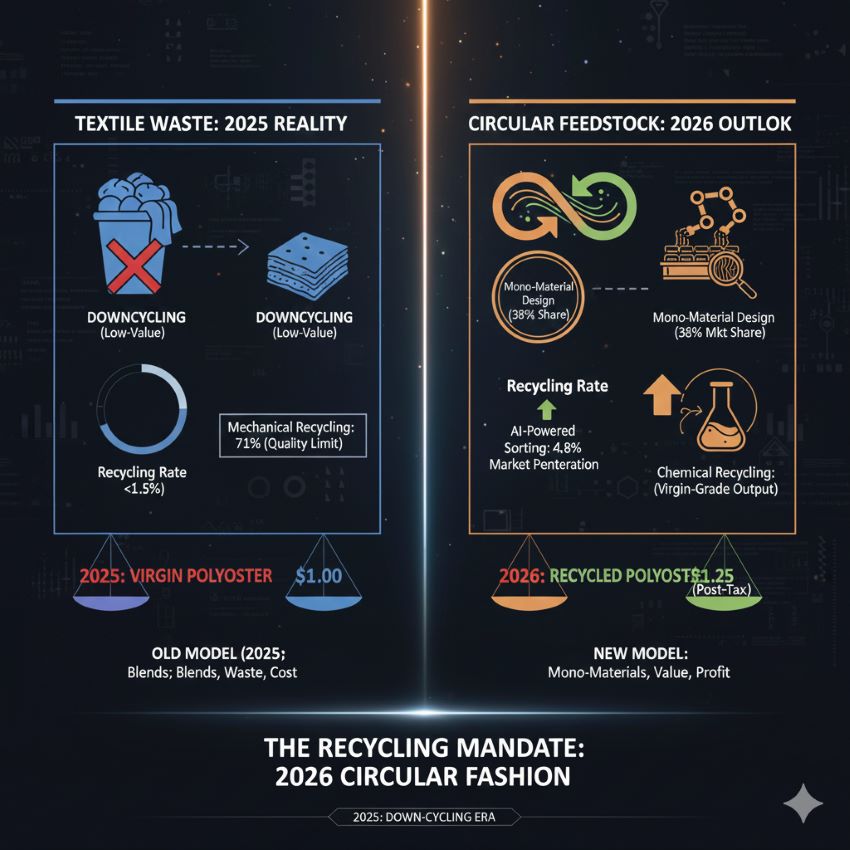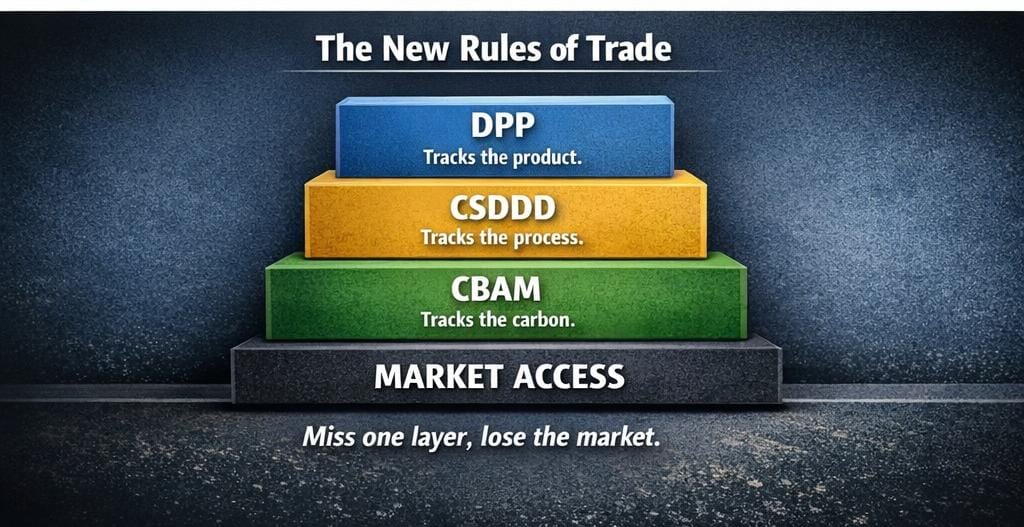
The Indian textile market witnessed moderate growth in Q1 FY24-25. Domestic demand remained relatively stable, supported by factors such as festive season sales and government initiatives to promote the textile industry. However, export demand was subdued due to global economic uncertainties and a slowdown in major markets.
Mixed performance
While some companies showed resilience others recorded a dip in revenue. The companies that showed good results were driven by factors such as strong domestic demand, capacity expansion, and a focus on high-margin products.
Table: Top performers
|
Company |
Revenue Growth (YoY) |
Net Profit Growth (YoY) |
Key Factors |
|
Vardhman Textiles |
12% |
18% |
Strong domestic demand, cost control measures |
|
KPR Mill |
15% |
22% |
Capacity expansion, improved product mix |
|
Welspun India |
10% |
14% |
Focus on home textiles, export growth |
Table: Under performers
|
Company |
Revenue Growth (YoY) |
Net Profit Growth (YoY) |
Key Factors |
|
Raymond |
-5% |
-12% |
Weak demand in apparel segment, high input costs |
|
Arvind |
-3% |
-8% |
Slowdown in export markets, inventory buildup |
|
Trident |
-2% |
-6% |
Pressure on yarn prices, rising cotton costs |
The under performers faced challenges due to factors like weak demand, high input costs, and a slowdown in export markets. For example, leading textile manufacturer Arvind reported a 37.25 per cent decline in consolidated net profit at Rs 43.73 crore for the first quarter ended June 30, 2024, on account of workers' strike and general elections. The company had posted a net profit of Rs 69.70 crore in the April-June quarter a year ago.
The textile market witnessed mixed performance in Q1 FY 2024-25. The domestic market remained robust, driven by factors such as festive demand, government initiatives, and rising disposable incomes. At the same time export market faced headwinds due to factors such as a slowdown in key markets like the US and Europe, and increased competition from countries like Bangladesh and Vietnam.
Going forward, the outlook for the next quarter and the full financial year 2024-25 remains cautiously optimistic. Domestic demand is expected to remain steady, while export demand may improve gradually as global economic conditions stabilize. The industry is likely to witness further consolidation and focus on innovation and sustainability.












